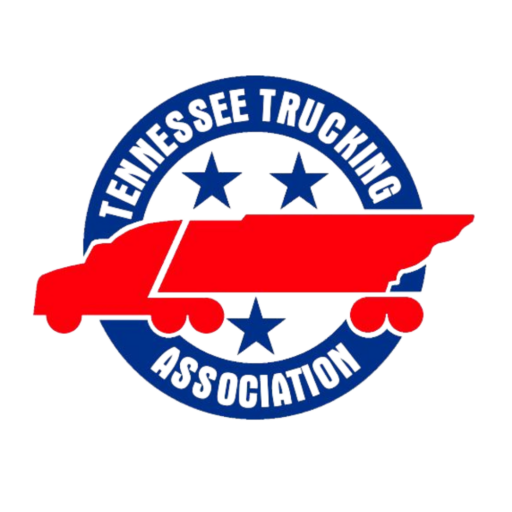Archive for May 2020
Southeast Tennessee Council Meeting 5/19/2020
The Southeast TN Council was excited to have our first virtual Zoom meeting today, 5/19/2020, in replacement of our typical in-person meetings. This month’s meeting was a Panel Discussion on Back to Work Strategies, Onboarding New Drivers, Recruiting Efforts, and New Hour of Service Rules and what they mean to us. Moderator Donna England,…
Read MoreFMCSA REVISES HOURS OF SERVICE RULES
FMCSA has published new Hours of Service Rules WASHINGTON – The U.S. Department of Transportation’s Federal Motor Carrier Safety Administration (FMCSA) today published a final rule updating hours of service (HOS) rules to increase safety on America’s roadways by updating existing regulations for commercial motor vehicle (CMV) drivers. “America’s truckers are doing a heroic…
Read MoreAdams and Reese Legislative Update 5-01-2020
This month, Governor Bill Lee announced that his safer at home order – which imposed a blanket closure of most businesses across Tennessee – will expire on April 30th and will not be renewed, thus opening the door for a majority of businesses in 89 of the state’s 95 counties to reopen on Friday, May…
Read MoreFMCSA Announces the Start of the Crash Preventability Determination Program
The FMCSA announces the start of the Crash Preventability Determination Program (CPDP). Under this program, if you have an eligible crash that occurred on or after August 1, 2019, you may submit a Request for Data Review (RDR) with the required police accident report and other supporting documents, photos, or videos through the Agency’s DataQswebsite. On July 27,…
Read More